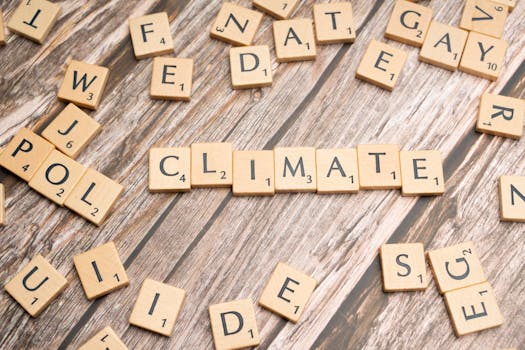
The role of satellites in global weather forecasting systems is a vital one, as they provide a significant amount of the data and imagery used to predict weather patterns and storms. Satellites in global weather forecasting systems have revolutionized the way we track and predict the weather, enabling us to make more accurate forecasts and warnings. With the help of satellites, meteorologists can monitor the atmosphere, oceans, and land surfaces, gathering data on temperature, humidity, cloud cover, and other factors that influence the weather.
Satellites in orbit around the Earth use a variety of instruments to collect data on the atmosphere and oceans. These instruments include radiometers, which measure the radiation emitted by the Earth and atmosphere, and spectrometers, which measure the composition of the atmosphere. The data collected by these instruments is then transmitted back to Earth, where it is analyzed by meteorologists to predict the weather. The use of satellites in global weather forecasting systems has greatly improved the accuracy of weather forecasts, enabling us to predict the track and intensity of storms, as well as other severe weather events.
One of the key benefits of using satellites in weather forecasting is that they can provide data on a global scale. This is particularly important for predicting large-scale weather patterns, such as high and low-pressure systems, and for tracking the movement of storms across the globe. Satellites can also provide data on the atmosphere and oceans at high resolutions, enabling meteorologists to study the details of weather systems and make more accurate predictions. In addition, satellites can provide data in real-time, enabling meteorologists to respond quickly to changing weather conditions.
In addition to providing data on the atmosphere and oceans, satellites are also used to study the land surface and its impact on the weather. This includes monitoring soil moisture, vegetation health, and snow cover, all of which can influence the weather. By combining data from satellites with data from other sources, such as weather stations and radar, meteorologists can build a complete picture of the weather and make more accurate predictions.
Another important application of satellites in weather forecasting is in the prediction of severe weather events, such as hurricanes, tornadoes, and blizzards. Satellites can provide data on the formation and movement of these storms, enabling meteorologists to issue timely warnings and alerts. This can help to save lives and reduce the impact of severe weather events on communities.
In conclusion, the role of satellites in global weather forecasting systems is a vital one, providing vital data and imagery to help predict weather patterns and storms. The use of satellites has greatly improved the accuracy of weather forecasts, enabling us to predict the track and intensity of storms, as well as other severe weather events. As technology continues to evolve, it is likely that the role of satellites in weather forecasting will only continue to grow, enabling us to make even more accurate predictions and warnings.

